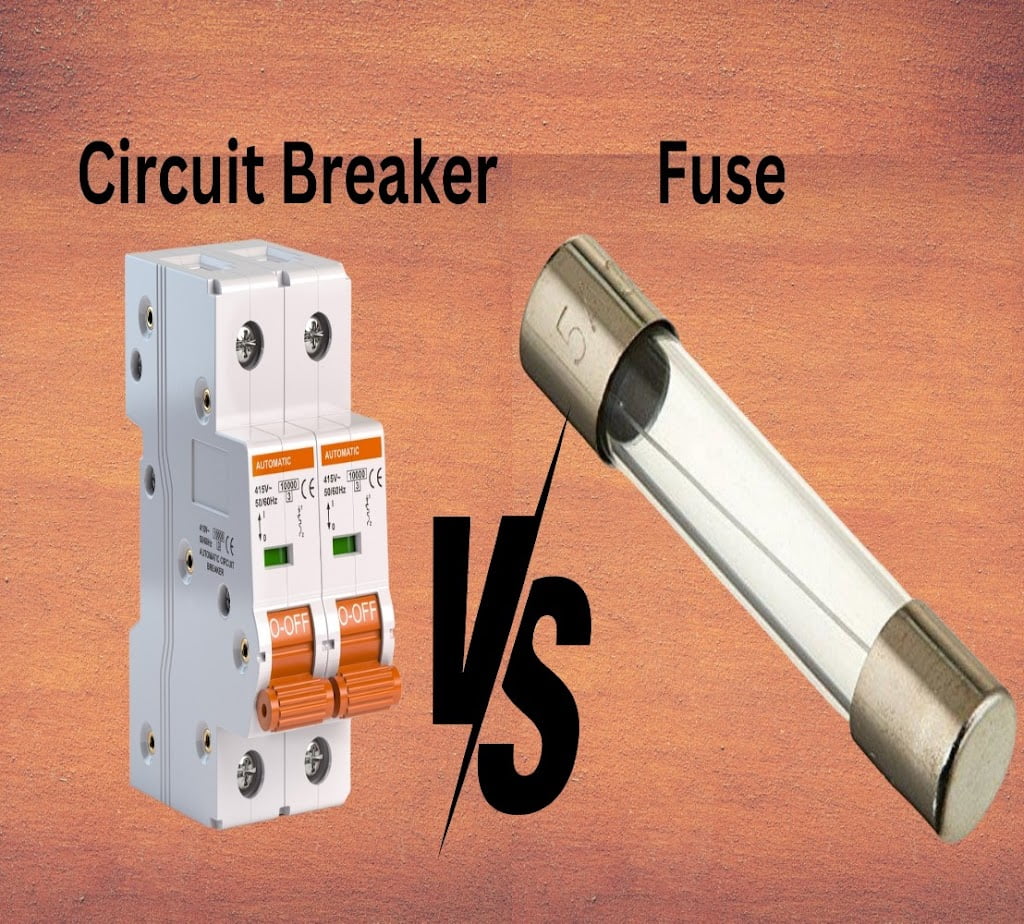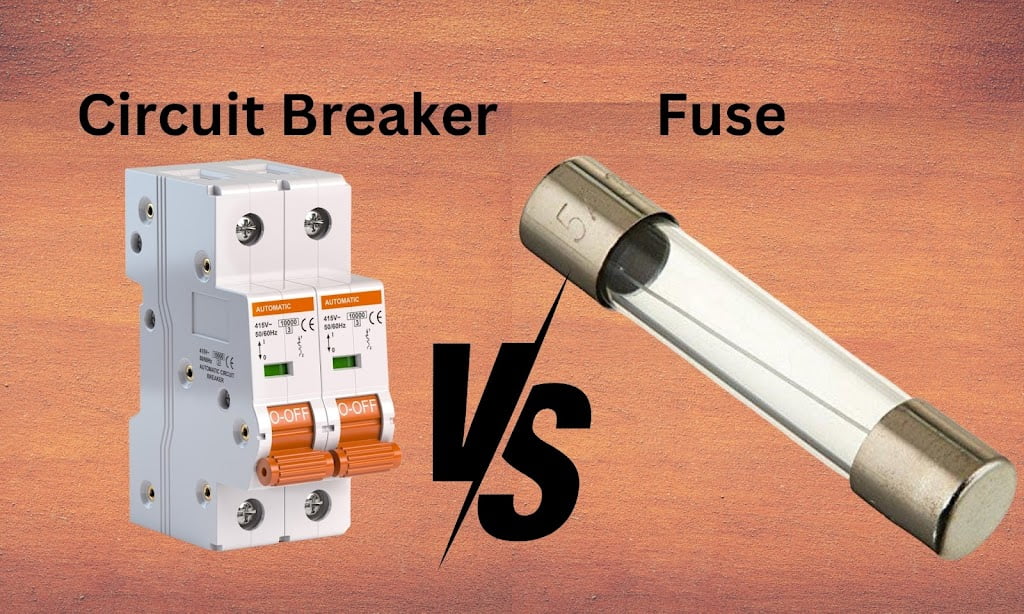Introduction
Fuses and circuit breakers make up the core of the electric circuits and are responsible for limiting the current above the safe value that will ensure safety of people, property and equipment. Although the role they are destined to perform can sound familiar, the way they work, the amount of their reset capacity, and their general structure separate them. We, therefore, are capable of discovering precisely those minority safety tools to fully grasp their differences.
What is fuse?
A fuse is the device for security purpose which ensures the current flow stops when it is beyond than the preferred level. The lightning arrester is comprised of a thin piece of metal such as a wire which gets melted as a result of the intense current flow causing the circuit to be interrupted and no further flow of electricity.
What is Circuit breaker?
A clamped circuit breaker is a safety element, which is designed to break the electrical circuit, moving on its own if it notices any abnormal situations, such as overcurrent or short circuit. The reseting of the circuit breakers is done manually which will lead to the restoration o power in the same circuit, unlike fuses. These are the fundamental makeup of circuit breakers.
Difference between Fuse and Circuit breaker
| Circuit breaker | Fuse |
|---|---|
| A circuit breaker is an electromechanical device that is intended for automatically breaking the flow of electrical current. The current break is identified when the abnormal situation like overcurrent or short circuit is detected. It operates by making the circuit open through mechanical or electronics methods of switching. | A fuse is a slim wire or a strip made of metal which tends to melt when current exceeds the allowed range. This melting breaks the chain and cuts off the electrical flow in overcurrent, so the protection of the short circuit is achieved. |
| Circuit breakers are therefore restorable devices. In the event of an overcurrent or an opening of the circuit due to short circuit fault, they can be manually switched reset, which will reduse the cost of replacing them. | Fuses are one-time-use devices. Once the fuse has melted and broken the loop, it should be removed from the line and put in for a new one. |
| A standard circuit breaker can, most of the time, turn off electricity faster than a fuse can. They often operate that way: once a fault happens, they can swiftly stop the circuit, reducing the duration of system stops. | A fuse's response time can be directly influenced by the type and rating associated with it. Mostly, fuses represent reliable, although sluggish, overcurrent protection. |
| The circuit breakers are more complicated in engineering the scheme, integrating electrical as well as mechanical parts meant for automatic operations and restoration purposes. | Fuses are just the combination of an element and a housing having a simple structure. Not only are they simple in operation also. |
| You may need to carry out the circuit breakers maintenance and testing from time to time to make sure that proper operation is achieved. Traditional fuses however do need frequent replacement. | The fuses do not need any upkeep as the highest they can break is due to overcurrent. |
| Circuit breakers are costlier in the beginning but are reusable often imparting direct tangible long term cost saving advantages. | The fuses are instead popular for low-current applications in circuit breakers because they are cheaper than circuit breakers. |
Conclusion
Overall, circuit breakers and fuses both posses the advantage of the circuit protection feature, the latter being reusable, the former - fast respondent and providing the multiple tripping mode. Fuses are very straightforward and cheaper, they also need to be replaced after tripping but slow response times are not in their list of advatages compared to a circuit breaker. When it comes to using a fuse or a circuit breaker, it is mostly an economical question, but some operational details must be considered. These include cost, maintenance needs, response time, and specific protection and continuity requirements typical for the electrical supply for classified application.

